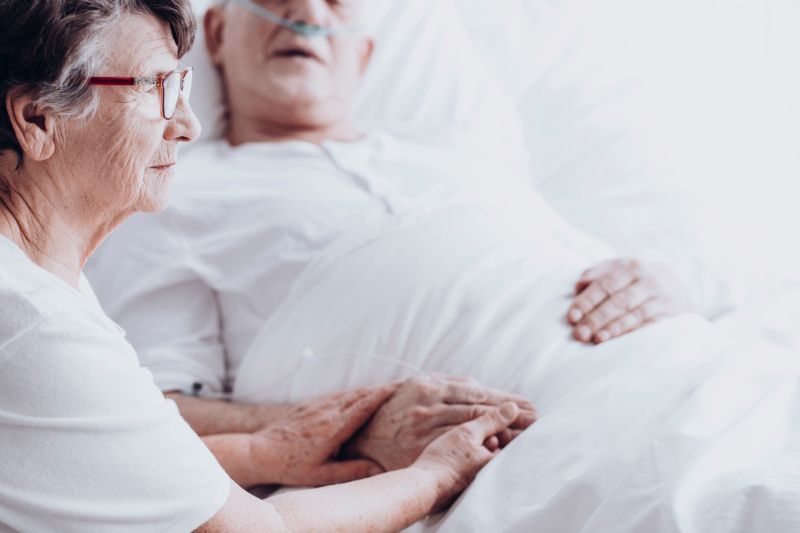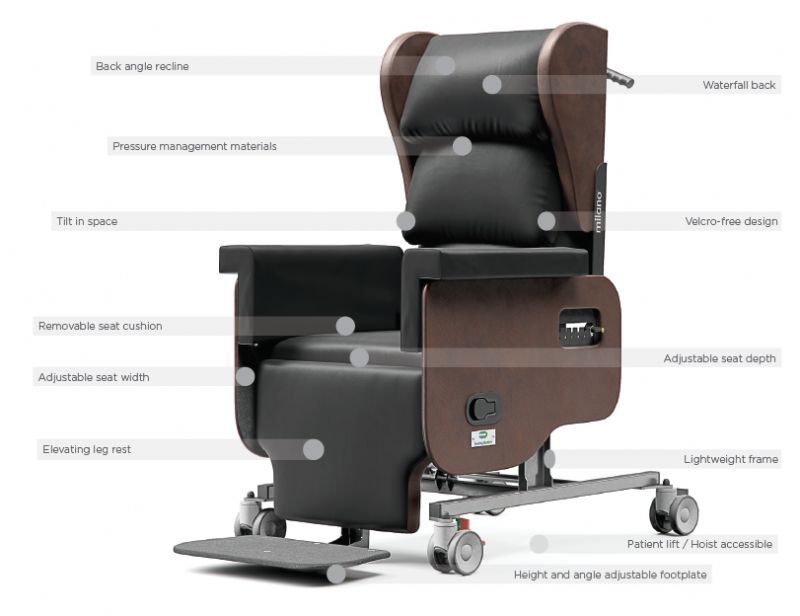 Written by Martina Tierney, OT
Written by Martina Tierney, OT
Lack of early mobilization is one of the greatest factors affecting patient recovery. Though bedrest is typically prescribed post-operation or after experiencing bodily trauma, recovery, especially full recovery in an older patient, can be severely hampered by lack of mobility during the healing process.
Historically, physicians have been recommending getting out of bed and mobilizing to speed recovery, but this is really only possible for a relatively healthy, young, mobile patient. Patients on permanent bedrest or those with reduced mobility who can’t shift their own weight to relieve pressure are at risk of never making a full recovery. Instead, they are left at risk of pressure ulcers, contractures, muscle atrophy, osteoporosis, respiratory problems, and urinary deficiencies.
Those who struggle with immobility and difficulty moving in bed, whether they live with a neurological impairment or a bariatric condition, also have an increased risk of skin breakdown. For these patients, early mobilization is essential in preventing these painful, uncomfortable, and even deadly outcomes.

Well, it's not, technically speaking. Bedrest can be great for some patients, but too much of a good thing can be dangerous, particularly in the case of patients who have limited ability to get up and move around independently. For older people, bedrest can not just slow the recovery process, it can even stop recovery completely.

Good posture is critical to the recovery process because it supports swallowing, breathing, and other important life-functioning tasks. The ability to reposition is especially diminished in the elderly, the malnourished, and those with acute illnesses.
As gravity pulls a patient into a poor sitting position over time, it becomes increasingly difficult for them to correct their posture, impacting their overall health and wellbeing. But being in bed doesn't support good posture, so this problem becomes cyclical and degenerative.
Knowing that a large group of patients was being left at risk, I wanted to show that seating could positively impact these patients lives. Our clinical research trial, carried out with Ulster University in 2013, proved that even getting a patient into a seated position greatly increases healing and chance of recovery, allowing the patient to maintain their independence and mobility.
In our clinical research, 95% of clients achieved an 11% increase in oxygen saturation levels when seated properly. This increase in oxygen saturation levels will help promote healing of skin and prevent breakdown. It also increases respiration and reduces the risk of respiratory problems on top of increasing mental alertness.
Sitting also encourages the use of the abdominal and chest muscles, which in turn encourages better respiration. In addition, prolonged bedrest can result in poor bladder and bowel function, while sitting promotes the opposite. The simple act of sitting up rather than lying down activates countless more muscle groups to keep the body engaged and promote not only function, but recovery as well.
Now that you know the benefits of seating for recovery, how can you support a patient with low mobility in a way that will impact them physically, mentally, and overall?

I’ve worked closely with a team of engineers, clinicians, and specialists to channel our expertise into one universal, accessible chair – the Milano.
The Milano tilt in space chair is an excellent transition for patients that need to mobilize post-surgery or after a hospital stay. It allows for easy repositioning to change blood and oxygen flow and can be tilted on its’ axis on a 45° angle. When a patient is ready to stand, tilting the chair forward makes sit to stand transfers much easier than from a regular chair or wheelchair.
Designed with multi-user environments in mind, the Milano can be adjusted in under 1 minute with no tools required in order to accommodate position changes both for a continual user or for multiple patients using the chair as part of their rehabilitation. There is no such thing as a standard-sized person, so in addition to on-site adjustability, our chairs have the option of being customized to each patient's needs.
We are proud to partner with RehabMart to bring this clinically proven accessible chair to people throughout the United States. My clinical experience has exposed me to the in-depth issues often overlooked when it comes to proper seating, and because of that each Seating Matters chair has been clinically tested with the client at the forefront of our research and development.
To learn more about our clinical trials and research-based seating solutions, visit us at SeatingMatters.com. To browse a variety of positional care recliners and seating solutions, check out our Positional Care Recliners category or view our full selection of products at Rehabmart.com.

Martina Tierney, Occupational Therapist and Author of The Clinician's Seating Handbook, brings over 30 years of clinical seating practice with both adults and children, in care facilities, hospitals and rehabilitation environments. Clinical Director and Founder of Seating Matters, Martina continues to research new solutions to seating challenges and educates audiences throughout the world on her findings.